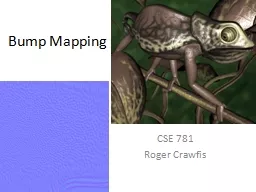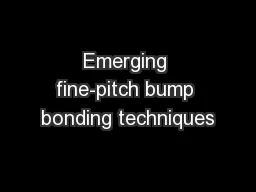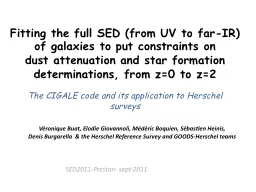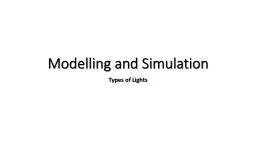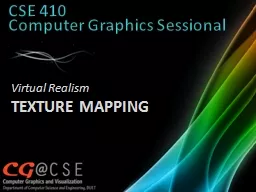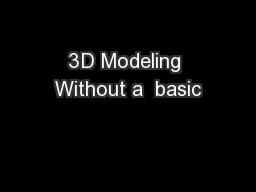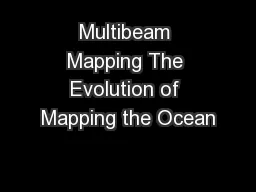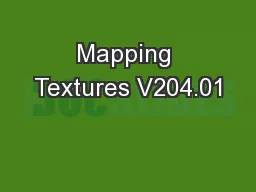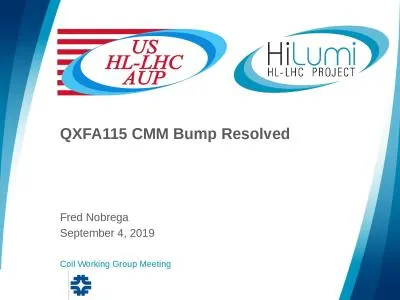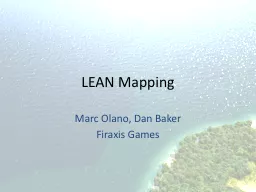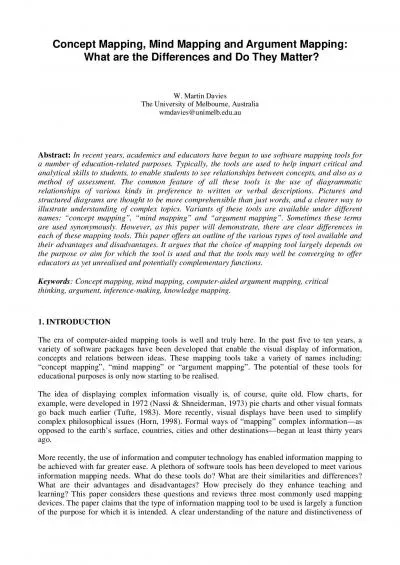PPT-Bump Mapping
Author : debby-jeon | Published Date : 2015-11-01
CSE 781 Roger Crawfis Bump Mapping Many textures are the result of small perturbations in the surface geometry Modeling these changes would result in an explosion
Presentation Embed Code
Download Presentation
Download Presentation The PPT/PDF document "Bump Mapping" is the property of its rightful owner. Permission is granted to download and print the materials on this website for personal, non-commercial use only, and to display it on your personal computer provided you do not modify the materials and that you retain all copyright notices contained in the materials. By downloading content from our website, you accept the terms of this agreement.
Bump Mapping: Transcript
Download Rules Of Document
"Bump Mapping"The content belongs to its owner. You may download and print it for personal use, without modification, and keep all copyright notices. By downloading, you agree to these terms.
Related Documents

